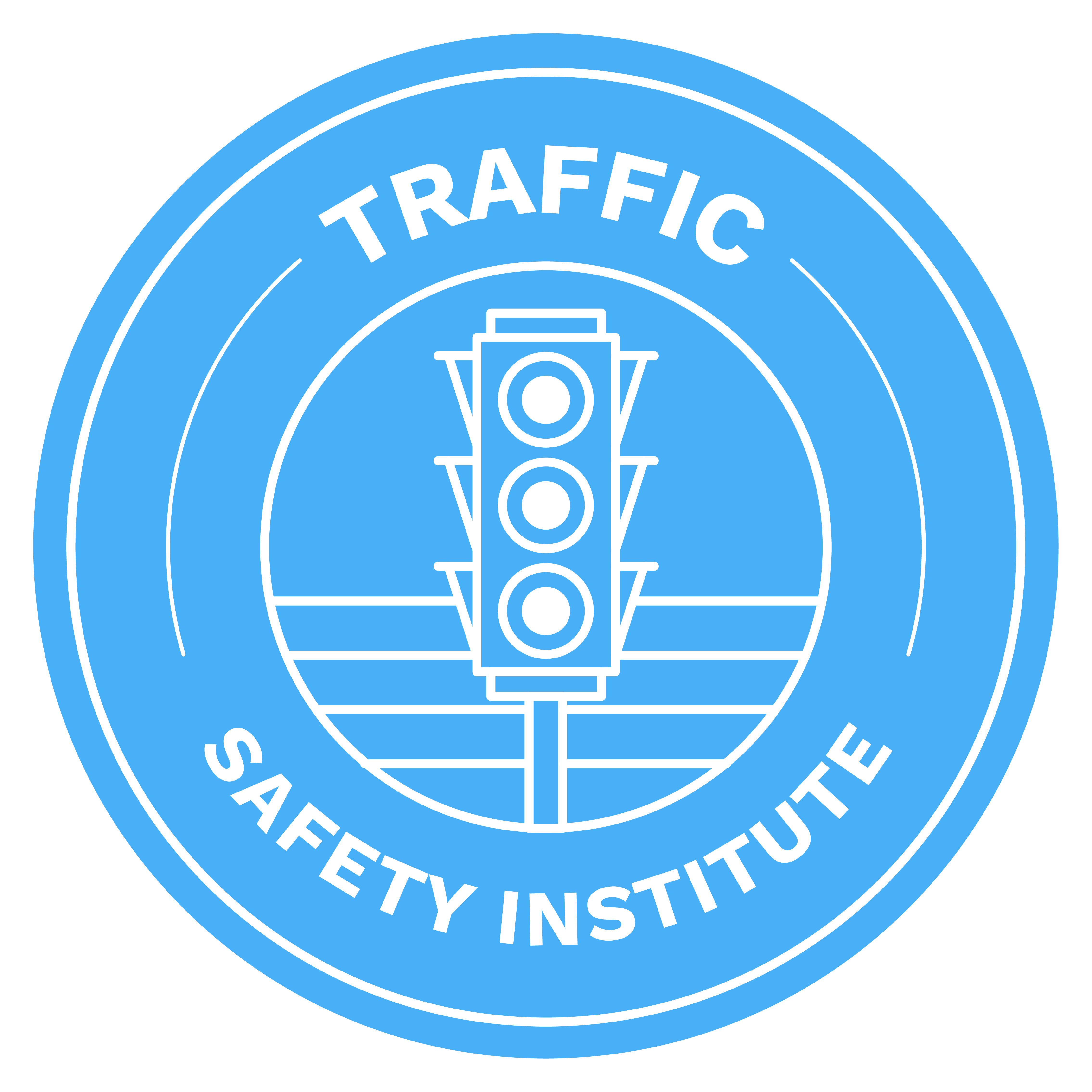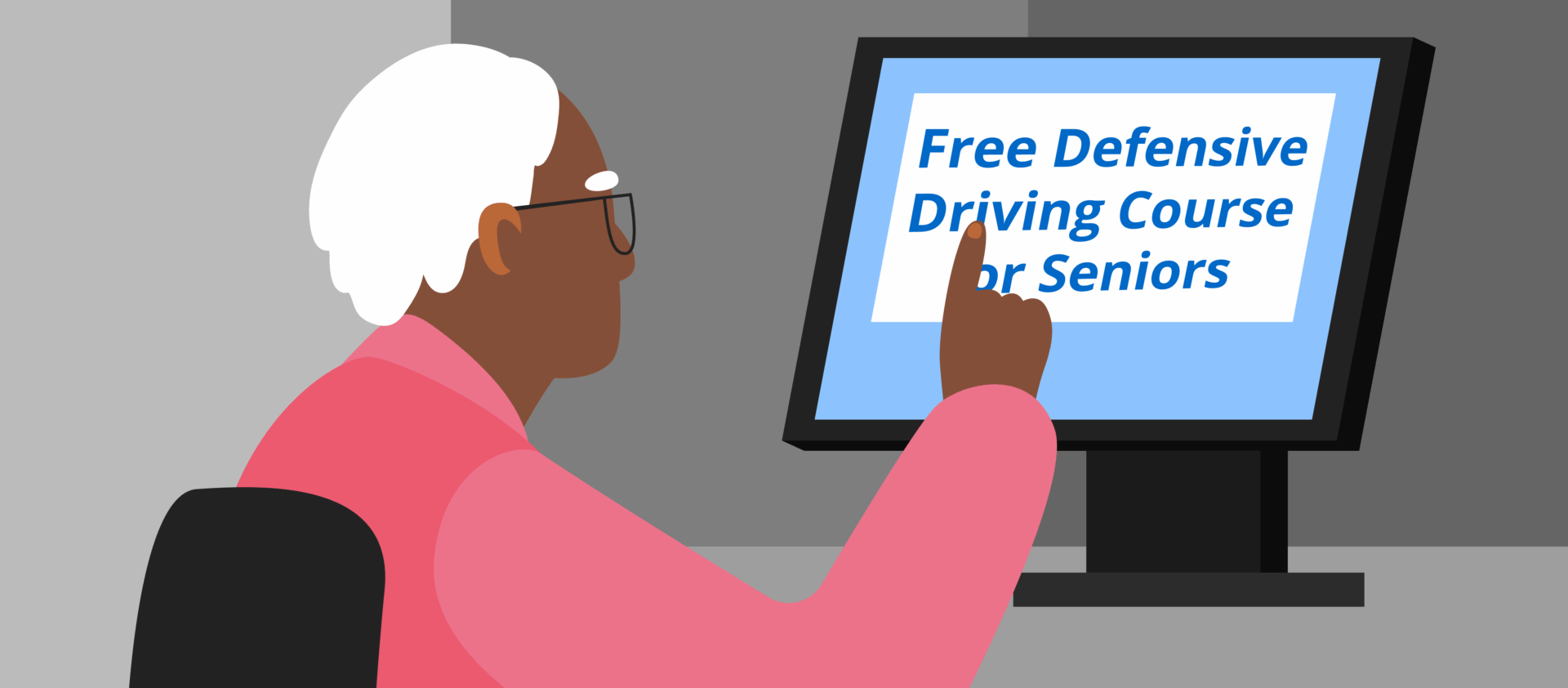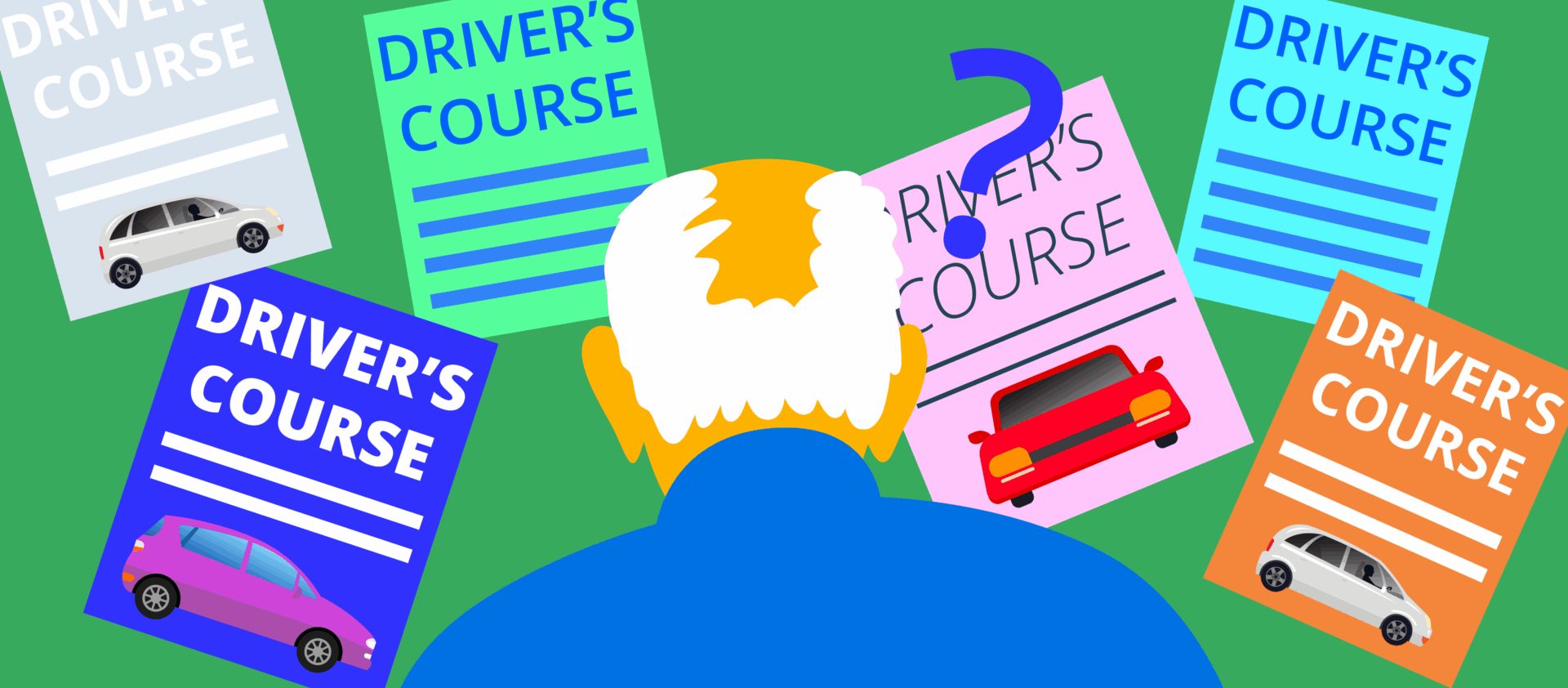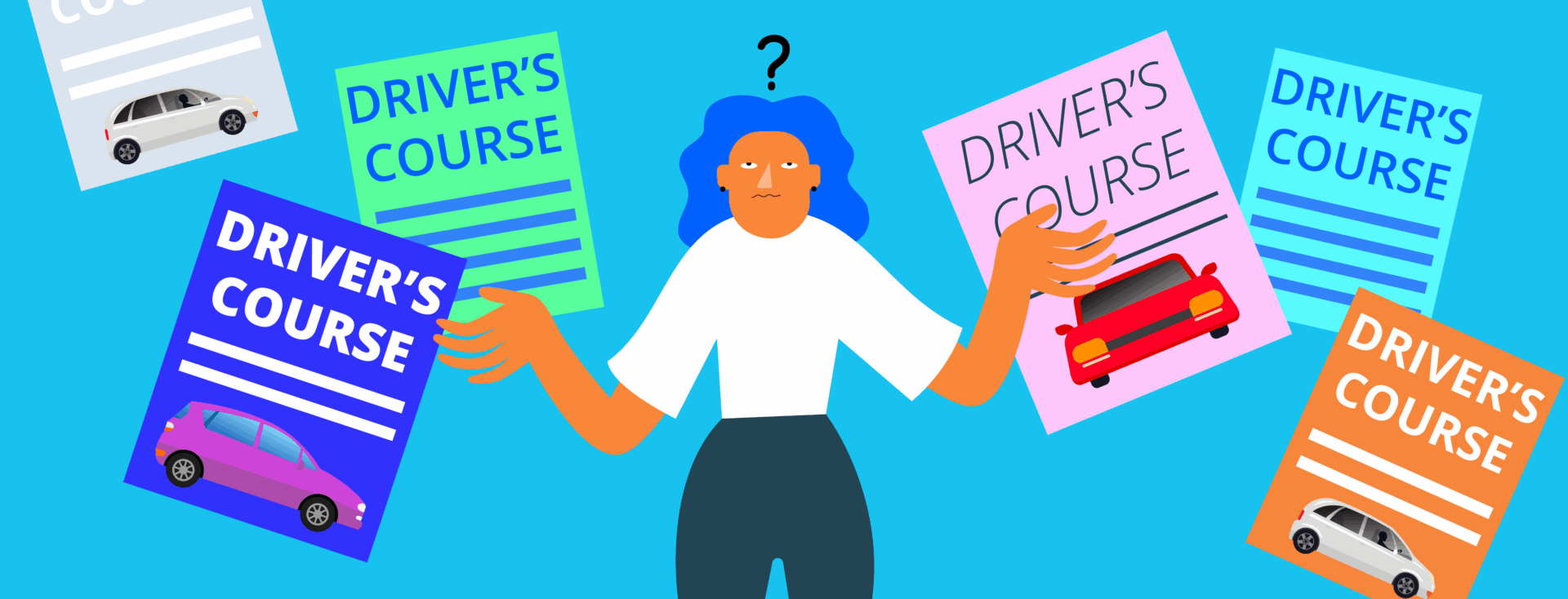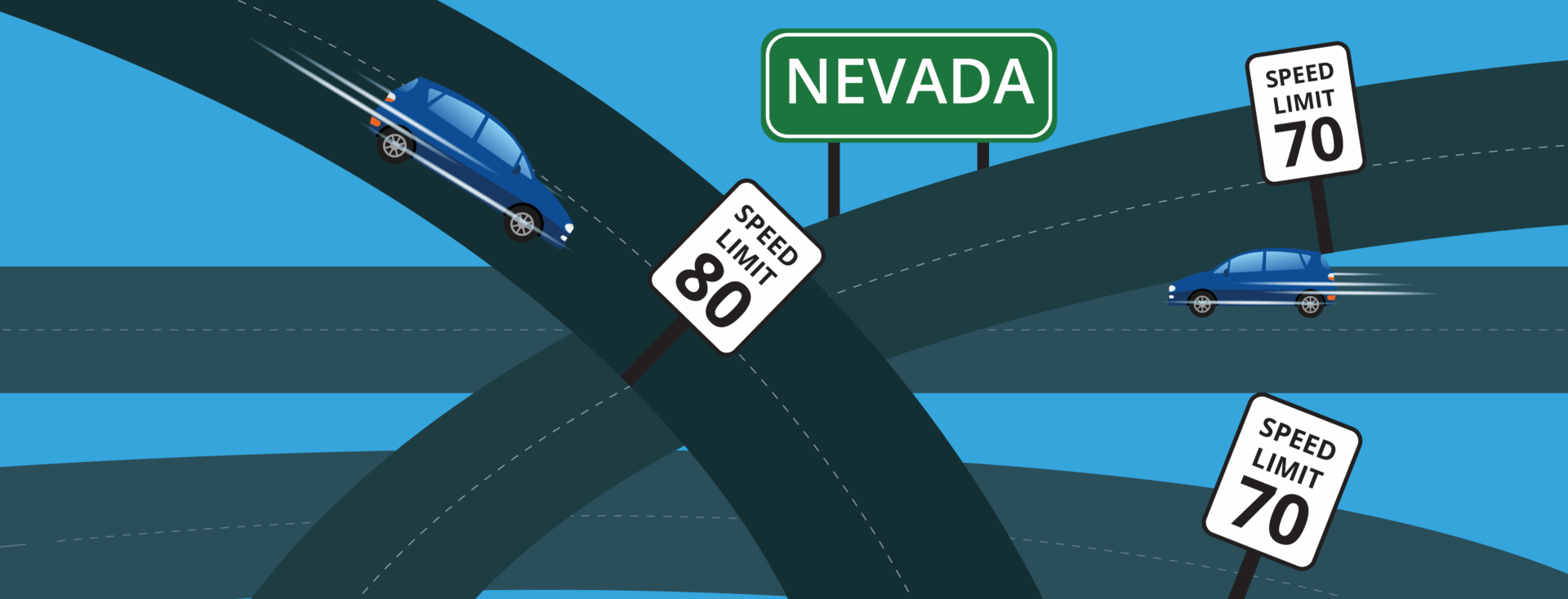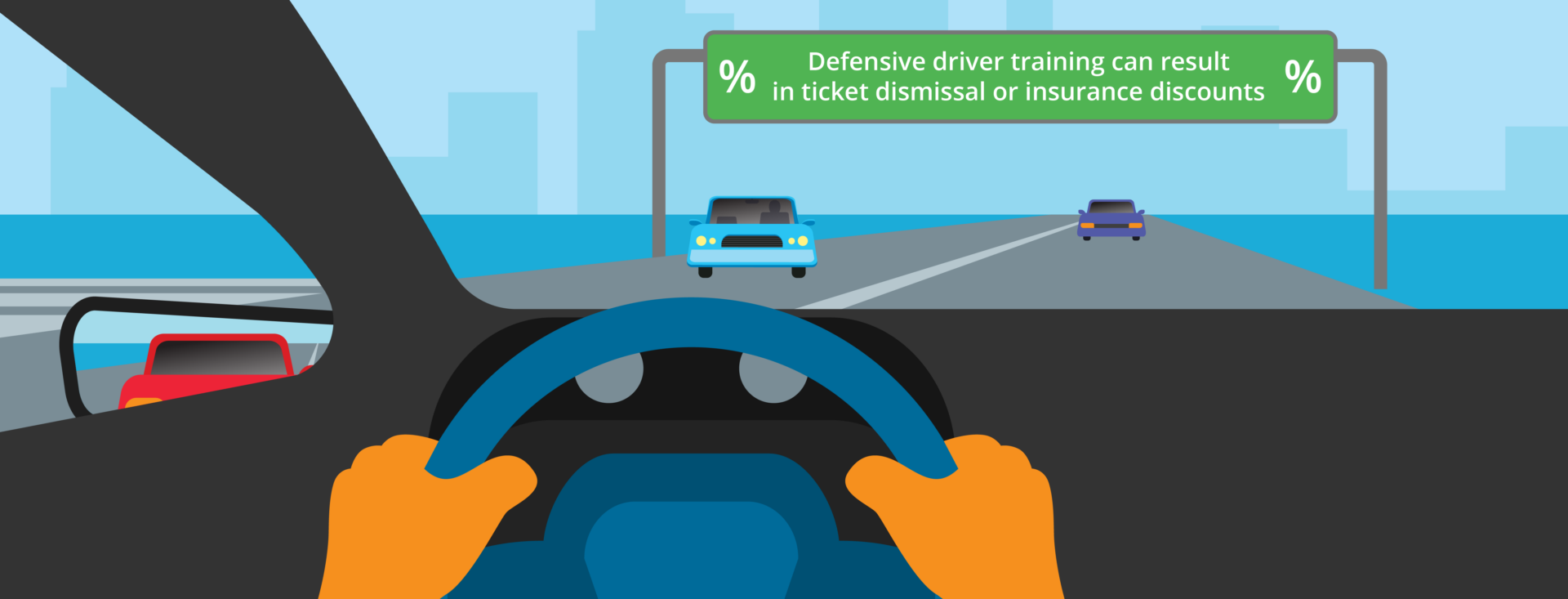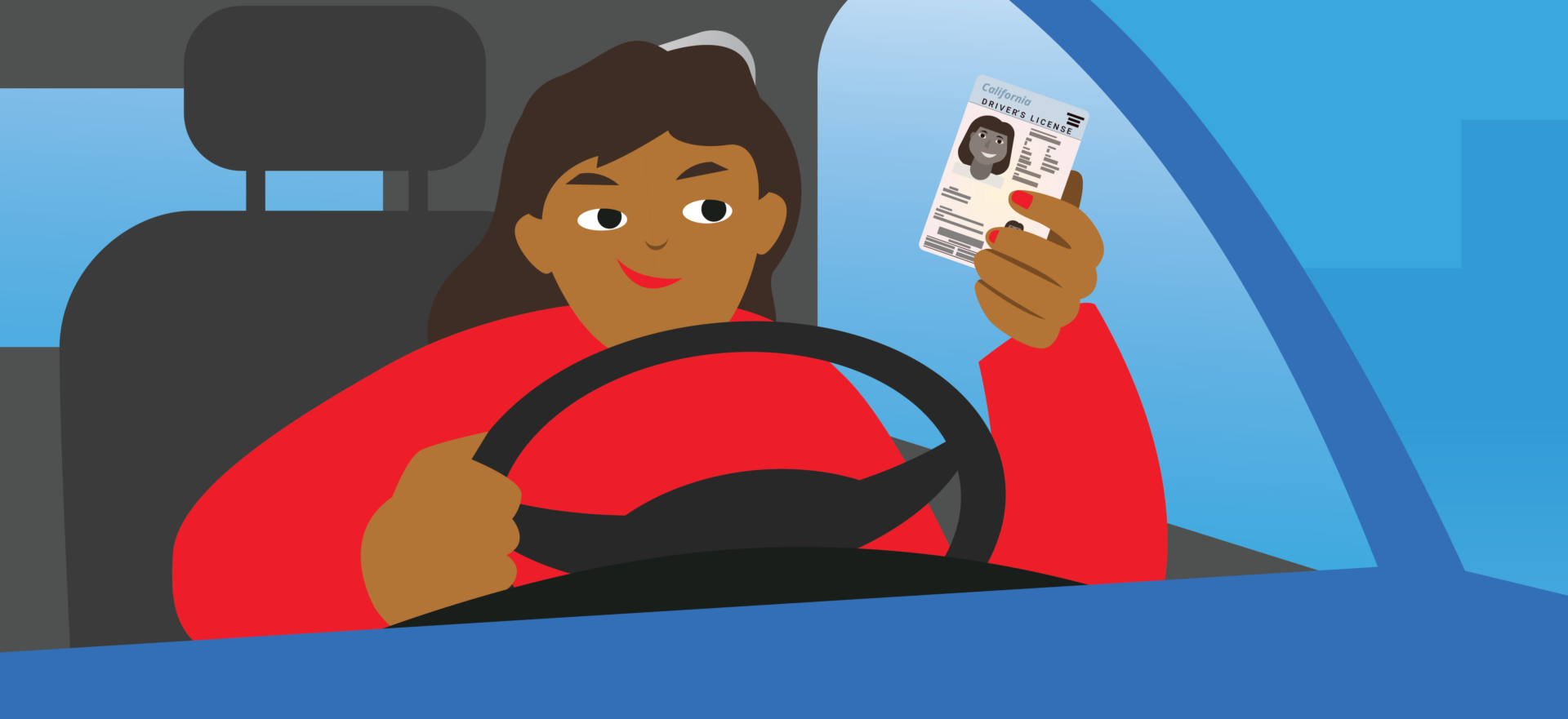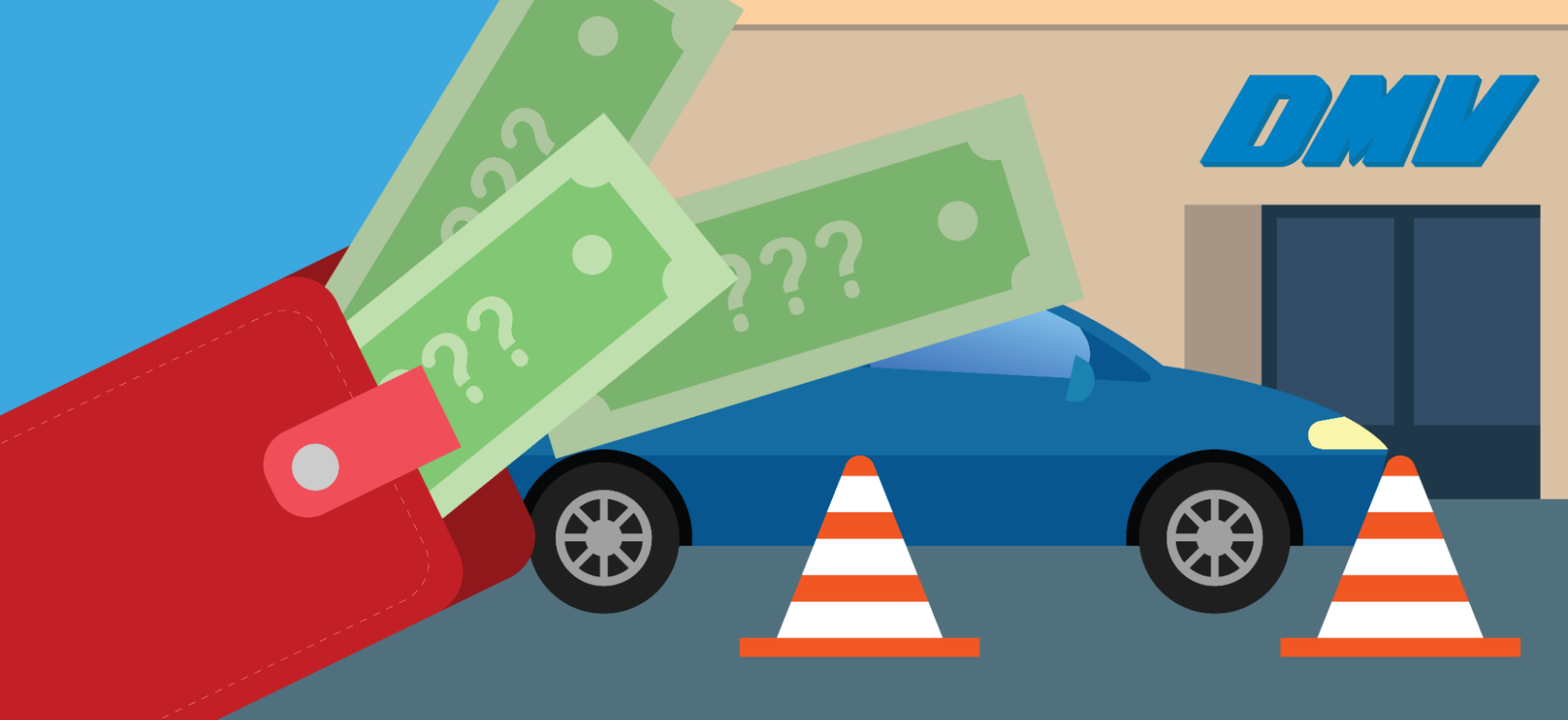According to the National Safety Council (NSC), 4,829 drivers aged 65 and older were killed in traffic crashes in 2023. But while overall crash rates for senior drivers are actually lower than for other groups, older drivers have higher rates of crashes per mile driven. This suggests that they drive less, but are still at higher risk than other groups.
So how does age affect driving? And what can older drivers do to stay safe behind the wheel? Let’s take a look.
7 Key Ways Aging Affects Driving: What the Data Says
When you’re behind the wheel, it’s crucial to stay alert, react quickly, and make split-second decisions. These abilities tend to decline with age due to changes in cognitive function, muscle strength, vision, and hearing.
Here are seven ways aging can affect driving performance.
1. Vision and Hearing Problems
About 18% of people aged 70 or older have significant vision problems, including blindness in one or both eyes. More than 33% struggle with hearing loss, and 8% report both hearing and vision impairments. These issues can impact your ability to see and hear oncoming traffic, increasing the risk of a crash. This is why several states require a vision test for senior drivers when they renew their license.
2. Slower Reaction Time
As people grow older, their ability to react to simple tasks declines gradually, with response times slowing by two to six milliseconds per decade. This decline in reaction time can affect how quickly a driver brakes, swerves, or responds to sudden hazards, increasing the odds of a crash.
3. Reduced Mobility
Aging can also take a toll on your muscles and joints, causing physical limitations that impact driving performance. Neck or back pain, muscle weakness, and joint stiffness can interfere with your ability to steer quickly, do shoulder checks, or brake with enough force when the situation calls for it. A 2020 survey by the Royal Automobile Club Foundation found that 53% of elderly drivers may not be able to shoulder check properly.
4. Cognitive Decline
Age-related cognitive decline has been consistently linked to higher crash risk. According to a 2022 review published in the journal Innovation in Aging, people with cognitive impairment are nearly three times more likely to be involved in a car accident. Yet, up to 60% of older adults with mild cognitive impairment (MCI), and approximately one-third of those with dementia, continue to drive.
Even with a sharp mind, you can still experience memory lapses or cognitive slips that affect your ability to drive safely. These episodes occur more often with age and tend to worsen over time.
5. Mental Health Issues
About 14% of people over the age of 60 live with a mental disorder. These ailments can affect your mood, judgment, and behavior, posing further challenges behind the wheel. For instance, one study found a strong link between depression, risky driving behavior, and impaired driving performance.
6. Medications
About one in three adults 60 and over take five or more prescription drugs regularly. Antihypertensives, muscle relaxants, painkillers, and other medicines can affect your ability to operate a vehicle. According to 2023 evidence, even commonly used medications like paracetamol and antidepressants may impair driving performance in people over 65.
7. Overconfidence or Lack of Awareness
Some older adults may not recognize that they’re losing their abilities. Others ignore warning signs because they fear losing their independence. A 2017 survey by the AAA Foundation found that 83% of older drivers report never speaking to a family member or physician about their safe driving ability — yet nearly 1 in 4 (24%) admit they’ve been in a crash or near-miss in recent years.

Driving Safely: What Older Drivers Can Do
Many people naturally adapt to the changes that come with aging, using compensatory measures to stay safe behind the wheel. They often stick to familiar routes, avoid night travel, and drive shorter distances.
In a 2019 study, 62% of older adults with mild cognitive impairment and 57% of those without any noticeable cognitive decline said they had adjusted their driving habits in at least one situation within the past three months. Participants reported avoiding high-risk situations, such as:
- Driving in the rain
- Driving during peak hours
- Driving on highways
- Turning across oncoming traffic
However, some older adults are unaware of their declining driving abilities. Others feel that something isn’t quite right but don’t know what steps to take.
With that in mind, here are some practical strategies to compensate for age-related deficits while driving:
Take a Mature Driver Course
Consider taking safe driving classes for seniors to refresh your knowledge of traffic laws and learn to cope with the changes you’re going through. These courses can be completed online or in person and cover topics like defensive driving, collision avoidance, and safety features in modern cars. Mature driver courses have been shown to reduce the rate of crashes caused by older drivers by 32%. Plus, many insurance companies provide a discount to senior drivers for completing these courses.
At Traffic Safety Institute, we offer a Mature Driver Course for California and Florida residents.
Assess Your Risk
Use the Fitness-to-Drive Screening Measure to assess your risk profile. It’s not a diagnostic tool, but it can give you a sense of whether a more formal evaluation by an occupational therapist may be needed.
“A comprehensive driving evaluation includes both a clinical assessment and an on-road test,” says Martha Pack, an occupational therapist and driving rehab specialist at Adapt & Stay. “In the clinic, we assess cognitive skills like attention, memory, processing speed, and executive function, along with visual and motor abilities. The behind-the-wheel portion evaluates how the person performs in real traffic situations.”
Plan Your Route
Use Waze, Google Maps, or other navigation apps to plan your itinerary before hitting the road. Review the available routes, then choose one you’re most comfortable with.
Limit Night Driving
Avoid driving at night unless you have no other option. Aging affects night vision, making it difficult to distinguish colors and objects in low-light conditions. According to clinical research, a 60-year-old needs 10 times more light than someone in their late teens to see clearly.
Get Your Vision and Hearing Checked
The American Optometric Association recommends having your eyes checked at least once a year after age 65. It’s also a good idea to test your hearing annually if you’re over 60.
Avoid High-Stress Driving Conditions
Skip rush hour, bad weather, or unfamiliar routes whenever possible. These situations require mental focus, quick reflexes, and other abilities that tend to decline with age.
Use Extra Caution at Intersections
Older drivers, especially those over age 70, face a higher risk of fatal intersection crashes due to age-related changes in vision, attention, and motor skills. To stay safe, double-check for oncoming traffic and potential hazards at intersections. Signal early, move forward slowly, and be prepared to stop if necessary.
Minimize Distractions
Refrain from texting, eating, or setting up your GPS while behind the wheel. Distracted driving is particularly dangerous for older adults, as they may not be able to shift focus or react in traffic as quickly as someone younger.
Maintain a Safe Following Distance
Keep a following distance of at least three seconds so you have enough time and space to react to sudden stops or road hazards. Increase your following distance in bad weather, low visibility, or heavy traffic.
Adapt Your Vehicle
Auto manufacturers offer a wide range of equipment designed to make driving safer and easier for older adults. Some examples include adjustable seats, hand controls, wide-angle mirrors, and steering aids. Depending on your budget, you could purchase a car equipped with modern safety equipment like blind spot monitoring, automatic emergency braking, or rear cross-traffic alerts (RCTA). Older drivers may also be able to access programs like CarFit, which helps people improve their safety by ensuring their car is properly adjusted for their needs.
Work With a Driver Rehabilitation Specialist
Certified Driver Rehabilitation Specialists (CDRSs) are professionals with expertise in health care and driver rehabilitation. They work with seniors and people with disabilities to help them remain confident and safe drivers. Visit the Association for Driver Rehabilitation Specialists to find one in your area.
How to Know When It’s Time to Stop Driving
While there’s no legal age limit for driving in the U.S., you should put safety first and know when to stop. If you’re getting lost on familiar roads, hesitating at intersections, or getting frequent warnings from others, it might be time to surrender your license.
Below are some red flags to watch out for:
- You misjudge the speed and distance of oncoming traffic.
- You find yourself drifting into other lanes.
- You have difficulty staying focused behind the wheel.
- You experience discomfort, irritability, or anxiety while driving.
- You keep having small accidents on the road.
- You hesitate at stop signs or traffic lights.
- You fail to notice traffic signs.
In most states, older adults must pass a vision exam and, in some cases, a knowledge test when renewing their driver’s licenses. However, passing these tests doesn’t mean you’re fit to drive.
For example, you may have good vision but slow reflexes or mild cognitive impairment. These issues can increase your risk of a crash.
Listen to your body and be realistic about what you can and cannot do. Pay attention to the warning signs listed above, and give up your keys if you notice any changes that compromise your ability to drive safely.
“One of the most important things I tell my patients is to monitor for subtle changes — things like getting lost on familiar routes, slower decision-making at intersections, or difficulty following directions,” says Dr. Luke Barr, a board-certified neurologist and Chief Medical Officer at SensIQ. “Trouble with multitasking, processing speed, or even increased anxiety while driving may signal mild cognitive impairment is starting to affect real-world tasks.”
Read: Elderly Drivers in Florida: 8 Things to Know
Why Take a Mature Driver Course with Traffic Safety Institute
Taking a mature driver course can:
- Reduce your risk of a crash by 32%.
- Reduce your insurance costs by up to 15%.
- Make you a more comfortable, confident driver.
Our mature driver course is available to seniors in California and Florida. Each version is licensed by the California DMV and the Florida Department of Highway Safety and Motor Vehicles (FLHSMV), respectively. They’re accepted by all insurance providers, including Geico, Allstate, Progressive, and others. Plus, you can study online at your own pace and finish in just a few hours.
Whether you sign up for our California mature driver course or the Florida mature driver program, you’ll enjoy a seamless learning experience from start to finish. Our students have access to interactive lessons, multiple-choice quizzes, and perks like:
✅ Unlimited course retakes
✅ Free audio read-along
✅ Multi-device compatibility
✅ Save-and-resume feature
✅ Instant electronic certificate
✅ 24/7 live chat support
✅ No credit card required to sign up
Need one more reason to choose Traffic Safety Institute? You can complete our mature driver program for free and pay only after you pass.
When you’re done, you can make the payment and download your Insurance Discount certificate. It’s that simple!
Update your knowledge of traffic laws and save up to 15% on auto insurance. Start our California Mature Driver Course or Florida Mature Driver Course for FREE.
FAQs about How Age Affects Driving
Want to know more about the relationship between age and driving performance? Here are the answers to some frequently asked questions.
At what age do most drivers stop driving?
In 2022, about 33% of U.S. adults aged 85 and older were not licensed to drive. While some may never have held a license, the data suggests this age group is the most likely to stop driving voluntarily.
At what age do driving skills decline?
According to Issues in Science and Technology, most people are mentally and physically capable of driving without endangering themselves or others until around age 75. They may experience age-related changes like vision or hearing loss, but these issues are not severe enough to affect their behind-the-wheel performance.
The odds of an accident rises significantly after age 80, according to the National Initiative for Care of the Elderly. By the time most people reach their 80s, their crash risk is similar to that of someone who’s just learning to drive.
How does age affect your driving test?
In the U.S., older drivers don’t have to take a road test when renewing their licenses unless there are specific concerns about their driving abilities. These could be triggered by a medical report, a poor driving record, or observations from law enforcement or family members. For example, a Florida driving test for seniors only applies when the FLHSMV gets a report that a senior may be unfit to drive.
The only exception is Illinois, where all drivers over 79 must take a behind-the-wheel test as part of the license renewal process. Age alone won’t cause you to fail the test, but if you have cognitive deficits, delayed reflexes, or other problems that affect your driving performance, you may not pass the exam.
